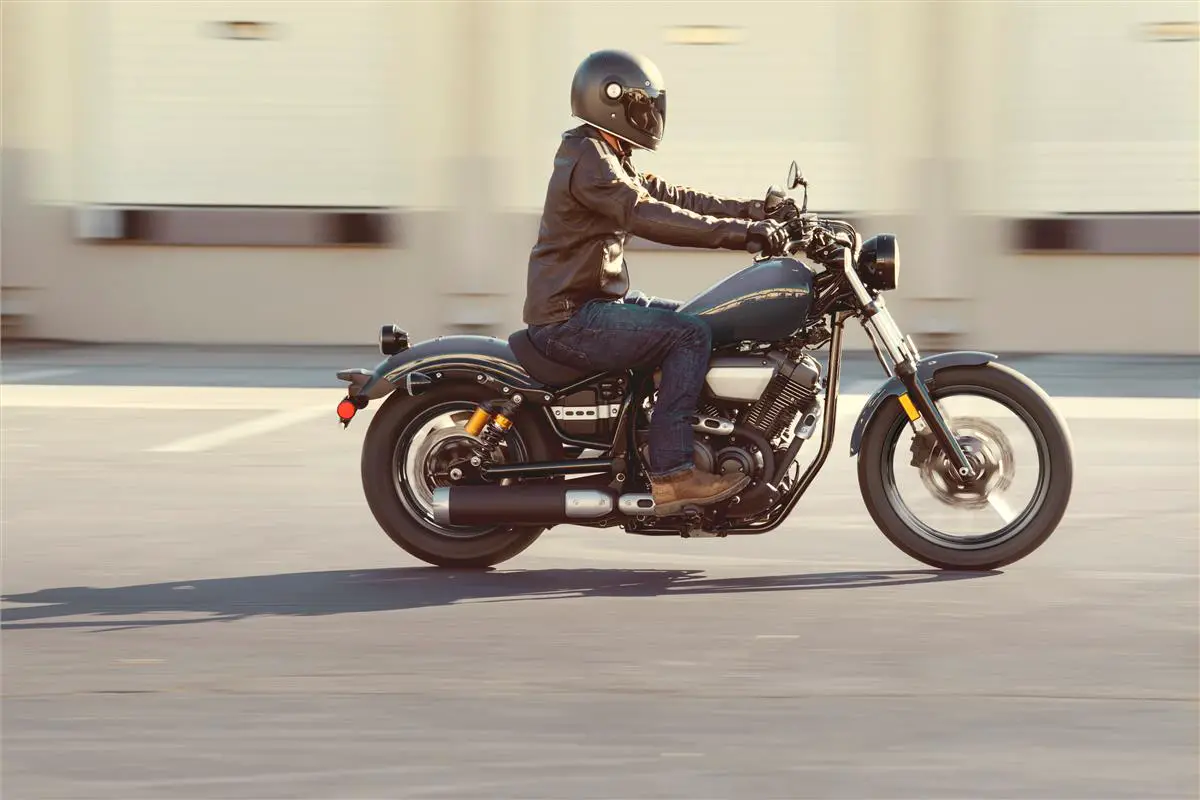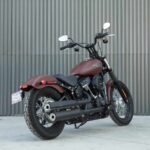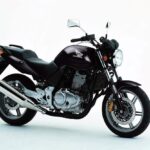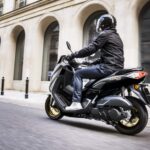If you are looking for a cruiser motorcycle that combines style, performance, and comfort, you might be interested in comparing the Honda Rebel 1100 and the Yamaha Bolt. These two bikes are among the most popular models in their segment, and they have a lot of similarities and differences. In this article, I will compare the Honda Rebel 1100 and the Yamaha Bolt in terms of their specifications, features, pros and cons, and prices. By the end of this article, you will have a better idea of which bike suits your needs and preferences better.
In a hurry here is a quick answer to the “Honda Rebel 1100 vs Yamaha Bolt?”
The Honda Rebel 1100 and the Yamaha Bolt are both cruiser motorcycles that offer style, performance, and comfort. However, they have different characteristics that suit different riders. The Honda Rebel 1100 is a more powerful, refined, versatile, modern, and stylish bike, while the Yamaha Bolt has a simpler, cheaper, classic, retro, and authentic bike. The main differences between them are in their engine size and power, transmission system, design, features, and prices.
Contents
Honda Rebel 1100 Overview
The Honda Rebel 1100 is a new model that was launched in 2021 as the flagship of the Rebel series. It is powered by a 1084 cc parallel-twin engine that delivers 86 hp and 98 Nm of torque. The engine is derived from the Honda Africa Twin adventure bike, but it has been tuned to suit the cruiser character of the Rebel 1100. The bike also features a six-speed manual transmission or an optional dual-clutch transmission (DCT) that allows you to switch between automatic and manual modes. The DCT also has three riding modes: Standard, Sport, and Rain.
The Honda Rebel 1100 has a low seat height of 27.5 inches, which makes it easy to reach the ground and maneuver the bike. The bike also has a minimalist design that emphasizes the muscular engine and the sleek fuel tank. The bike has an LED headlight, taillight, and turn signals, as well as a digital LCD instrument panel that shows speed, rpm, fuel level, gear position, riding mode, and other information. The bike also has a USB charging port under the seat.
The Honda Rebel 1100 has a steel frame that provides rigidity and stability. The bike has a 43 mm telescopic fork at the front and twin Showa shocks at the rear, both with adjustable preload. The bike also has dual disc brakes at the front and a single disc brake at the rear, both with ABS. The bike has a curb weight of 487 lbs (manual) or 509 lbs (DCT), and a fuel capacity of 3 gallons.
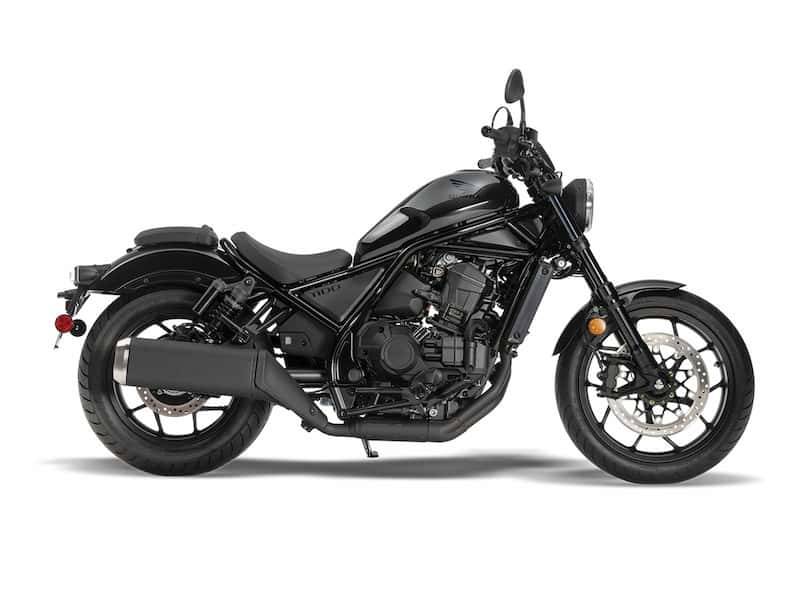
Yamaha Bolt Overview
The Yamaha Bolt is a cruiser motorcycle that was introduced in 2013 as a competitor to the Harley-Davidson Sportster. It is powered by a 942 cc air-cooled V-twin engine that produces 47 hp and 80 Nm of torque. The engine has a compact design that reduces vibration and enhances performance. The bike also has a five-speed transmission that delivers smooth and responsive shifting.
The Yamaha Bolt has a low seat height of 27.2 inches, which makes it accessible to riders of different heights. The bike also has a bobber-style design that features a round headlight, a solo seat, a chopped rear fender, and exposed wiring. The bike has an analog speedometer and an LCD display that shows odometer, trip meter, clock, fuel gauge, and low fuel warning light. The bike also has an immobilizer system that prevents unauthorized use.
The Yamaha Bolt has a double-cradle steel frame that provides strength and durability. The bike has a 41 mm telescopic fork at the front and twin shocks at the rear, both with adjustable preload. The bike also has single-disc brakes at both ends, with ABS as an option. The bike has a curb weight of 542 lbs and a fuel capacity of 3.2 gallons.
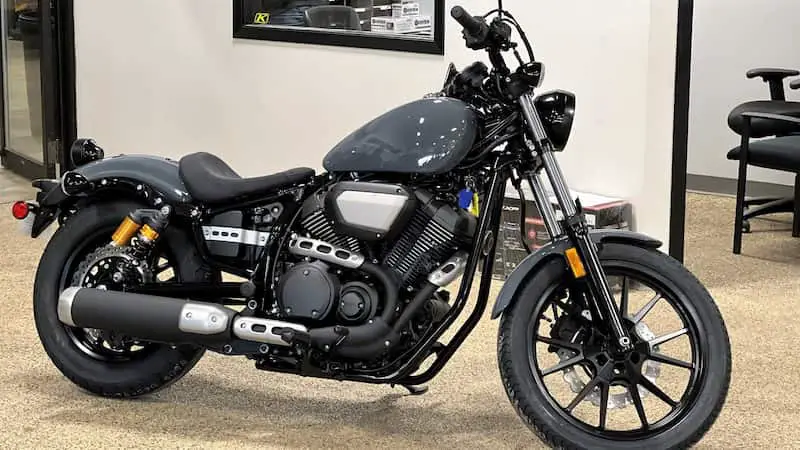
Honda Rebel 1100 vs Yamaha Bolt Comparison
Now that we have seen the overview of each bike, let’s compare them in more detail based on their specifications, features, pros and cons, and prices.
Specifications
The table below shows the main specifications of the Honda Rebel 1100 and the Yamaha Bolt:
| Specification | Honda Rebel 1100 | Yamaha Bolt |
|---|---|---|
| Engine | 1084 cc parallel-twin | 942 cc V-twin |
| Power | 86 hp | 47 hp |
| Torque | 98 Nm | 80 Nm |
| Transmission | Six-speed manual or DCT | Five-speed manual |
| Seat Height | 27.5 inches | 27.2 inches |
| Curb Weight | 487 lbs (manual) or 509 lbs (DCT) | 542 lbs |
| Fuel Capacity | 3 gallons | 3.2 gallons |
As you can see from the table, the Honda Rebel 1100 has a larger and more powerful engine than the Yamaha Bolt. It also has a more advanced transmission system that offers more options and convenience. The Honda Rebel 1100 also has a slightly higher seat height, but it is lighter than the Yamaha Bolt. The Yamaha Bolt has a slightly larger fuel capacity, but it is not a significant difference.
Features – Honda Rebel 1100 vs Yamaha Bolt
The Honda Rebel 1100 and the Yamaha Bolt have different features that appeal to different riders. Here are some of the main features of each bike:
- The Honda Rebel 1100 has a DCT option that allows you to choose between automatic and manual modes, as well as three riding modes that adjust the throttle response and traction control. The DCT also has a hill start assist function that prevents the bike from rolling back on slopes. The Yamaha Bolt does not have any of these features.
- The Honda Rebel 1100 has a LED headlight, taillight, and turn signals, which provide better visibility and style. The Yamaha Bolt has a halogen headlight and incandescent bulbs for the taillight and turn signals, which are less efficient and modern.
- The Honda Rebel 1100 has a digital LCD instrument panel that shows more information than the Yamaha Bolt’s analog speedometer and LCD display. The Honda Rebel 1100 also has a USB charging port under the seat, which is convenient for charging your devices. The Yamaha Bolt does not have a USB port.
- The Yamaha Bolt has an immobilizer system that prevents unauthorized use of the bike by requiring a coded key. The Honda Rebel 1100 does not have an immobilizer system, but it has a steering lock that secures the handlebar in place.
Pros and Cons – Honda Rebel 1100 vs Yamaha Bolt
The Honda Rebel 1100 and the Yamaha Bolt have their own advantages and disadvantages that you should consider before buying one. Here are some of the pros and cons of each bike:
Honda Rebel 1100 Pros
- More powerful and refined engine
- More advanced and versatile transmission system
- More modern and stylish design
- More sophisticated and informative instrument panel
- USB charging port
Honda Rebel 1100 Cons
- More expensive than the Yamaha Bolt
- More complex and costly maintenance
- Less authentic cruiser feel
Yamaha Bolt Pros
- Simpler and cheaper maintenance
- More classic and retro design
- Immobilizer system
- More authentic cruiser feel
Yamaha Bolt Cons
- Less powerful and smooth engine
- Less advanced and convenient transmission system
- Less modern and efficient lighting system
- Less sophisticated and informative instrument panel
- No USB port
Prices – Honda Rebel 1100 vs Yamaha Bolt
The prices of the Honda Rebel 1100 and the Yamaha Bolt vary depending on the market, the dealer, and the options. However, based on the MSRP (manufacturer’s suggested retail price), we can estimate the average prices of each bike as follows:
- The Honda Rebel 1100 has a MSRP of $9,299 for the manual version and $9,999 for the DCT version.
- The Yamaha Bolt has a MSRP of $7,999 for the standard version and $8,399 for the R-Spec version, which has better shocks and a suede seat.
As you can see from these prices, the Honda Rebel 1100 is more expensive than the Yamaha Bolt by about $1,300 to $1,600, depending on the version. This is understandable considering the Honda Rebel 1100 has a larger and more powerful engine, a more advanced transmission system, and more features than the Yamaha Bolt. However, you should also consider other costs such as insurance, taxes, registration fees, maintenance fees, and fuel costs when comparing the prices of these bikes.
You May Also Like
- Yamaha YZF-R1M Price In USA
- Honda Forza 350 Price USA
- Yamaha R15 V3 Price USA
- Honda CB150R Streetfire Price in USA
- Honda CBR 250RR Price In USA
- Yamaha YZF-R8 Price in USA
- Honda X-Adv Price USA
FAQs
Here are some frequently asked questions about the Honda Rebel 1100 and the Yamaha Bolt:
How fast can the Honda Rebel 1100 and the Yamaha Bolt go?
The top speed of the Honda Rebel 1100 is estimated at around 120 mph (193 km/h), while the top speed of the Yamaha Bolt is estimated at around 95 mph (153 km/h).
How fuel efficient are the Honda Rebel 1100 and the Yamaha Bolt?
The fuel efficiency of the Honda Rebel 1100 is estimated at around 50 mpg (4.7 L/100 km), while the fuel efficiency of the Yamaha Bolt is estimated at around 51 mpg (4.6 L/100 km).
How comfortable are the Honda Rebel 1100 and the Yamaha Bolt?
The comfort of the Honda Rebel 1100 and the Yamaha Bolt depends on your personal preference and riding style. The Honda Rebel 1100 has a more upright and relaxed riding position, while the Yamaha Bolt has a more forward and aggressive riding position. The Honda Rebel 1100 also has a softer and smoother suspension, while the Yamaha Bolt has a stiffer and sportier suspension. The Honda Rebel 1100 has a wider and more padded seat, while the Yamaha Bolt has a narrower and firmer seat. The Honda Rebel 1100 also has a larger and more protective fuel tank, while the Yamaha Bolt has a smaller and more exposed fuel tank.
How customizable are the Honda Rebel 1100 and the Yamaha Bolt?
A: Both the Honda Rebel 1100 and the Yamaha Bolt are highly customizable bikes that allow you to personalize them according to your taste and needs. Both bikes have a range of accessories and parts that you can choose from, such as windshields, saddlebags, backrests, exhausts, handlebars, mirrors, lights, and more. You can also change the color and appearance of your bike with different paint schemes, decals, stickers, and badges.
How reliable are the Honda Rebel 1100 and the Yamaha Bolt?
Both the Honda Rebel 1100 and the Yamaha Bolt are reliable bikes that are built with quality materials and components. Both bikes have a reputation for being durable and dependable, as well as easy to maintain and repair. However, the Honda Rebel 1100 has a more complex and sophisticated engine and transmission system than the Yamaha Bolt, which might require more frequent and expensive service and maintenance. The Yamaha Bolt has a simpler and cheaper engine and transmission system than the Honda Rebel 1100, which might require less frequent and less expensive service and maintenance.
Conclusion: Yamaha Bolt vs Honda Rebel 1100
The Honda Rebel 1100 and the Yamaha Bolt are both great cruiser motorcycles that offer style, performance, and comfort. However, they have different characteristics that suit different riders. If you want a more powerful, refined, versatile, modern, and stylish bike, you might prefer the Honda Rebel 1100. If you want a simpler, cheaper, classic, retro, and authentic bike, you might prefer the Yamaha Bolt. Ultimately, the best way to decide which bike is better for you is to test ride both bikes and see how they feel on the road.
Kamran Hussain is a motorcycle enthusiast and expert with over 5 years of experience in the industry. As a seasoned rider, he has a deep understanding of the motorcycle market and is dedicated to helping riders find the best bikes and gear to suit their needs.
Kamran Hussain has written extensively on motorcycle topics, including buying guides, product reviews, and maintenance tips. With his comprehensive knowledge of the industry, he is a trusted source for motorcycle enthusiasts seeking reliable information and advice.
